* (restored)

‘Collecting hair dates back centuries. It was wildly popular during the Civil War, when Robert E. Lee, for example, would more likely be asked for a lock of his hair (and some from his horse) than for an autograph, a fad that only emerged much later. Locks of Lee’s hair (and his horse’s) sometimes come up for sale. Thaddeus Stevens, a 19th-century Pennsylvania congressman and abolitionist, reportedly doffed his toupee and gave it to a lock-seeking woman. Victorians would often make jewelry, lockets, and rings from locks of family hair. Cherishing such tangible tokens from the recently deceased was considered part of the grieving process.
‘John Reznikoff holds the Guinness Book of World Records citation for the largest collection of historical hair—he now has hair from more than 100 people. He runs the University Archives, a noneducational organization that specializes in memorabilia. In the rather small community of hair aficionados, he is the default expert on famous follicles. His collection features locks from the likes of Marilyn Monroe—obtained from her embalmer—and some blood-splattered hair from Lincoln’s cranium—post assassination. He donated a few strands to Ford’s Theater. (Some of Lincoln’s hair, incidentally, was made into a ring and given to President Theodore Roosevelt.)
‘Reznikoff ran into trouble in 2005 seeking hair from a living subject, when he purchased some of Neil Armstrong’s hair from the former astronaut’s barber. Armstrong was unsuccessful in blocking the sale, but Reznikoff did offer to donate several thousand dollars to Armstrong’s favorite charity. The collector says that he doesn’t pursue living subjects, partly out of fear that the combination of rabid fans and scissors is a dangerous brew.
‘Authenticating hair, meanwhile, sometimes requires a leap of faith. Reznikoff sometimes submits samples to spectrograph and color analysis, yet science can go only so far. Some fakes have been discovered through microscopic comparison with existing samples or through analysis of mitochondrial DNA. But that’s possible only if a confirmed DNA sample from the subject is available for comparison.
‘So, how much hair do those Benjamin’s buy? Since Luis Mushro, whose business is pieces of famous people on eBay, and Reznikoff are among the few dealers publicly marketing collections of hair, the worldwide market for hair is hard to measure. Auction houses and yard sales often include private collections of famous or family hair; so much depends on the sample and the presentation of the artifacts that accompany it. Rare hair strands from Napoleon, for instance, sell for more than $1,500. In the Che Guevara auction, other materials including photos of the body and a series of fingerprints lend legitimacy to the authenticity of the hair sample.
‘Mushro says that the market for historical hair has grown since his first sale more than a decade ago. Then, there were about 150 serious collectors, he says. Now, he counts around 2,000 worldwide. He has several auctions currently on eBay, from British kings and queens and American presidents to the Red Baron, Henry Ford, and Charles Lindbergh. Mushro says he’s only recently run out of follicles from Charles Dickens. There is no industry standard for length. Collectors sell it by the inch or a fraction thereof. Sometimes it comes in 1/8-inch lengths, says Mushro, sometimes half that length.
‘But it is historic hair that frequently makes news. Last month, a company created a synthetic diamond from carbon taken from Beethoven’s hair and sold it for $1 million. It is reported that the composer was nearly bald near the end of his life as friends and visitors would help themselves to some of the dying man’s hair. In 2001, researchers documented a variety of forensic tests conducted on strands of his hair and determined that he died from lead poisoning. The hair came from a collection of hair purchased at Sotheby’s auction house. As advances in DNA technology continue, collectors say, interest in their collections of historical human hair will only deepen.’ — collaged

Nick Cave

Che Guevara

Beethoven

Britney Spears

Emily Dickinson

Mick Jagger

Charles Dickens

Rita Hayworth

Admiral Lord Horatio Nelson

Bob Dylan

Unknown Roman citizen’s hair

Mary Pickford

Kurt Cobain

Franklin Pierce

Willie Nelson

Maria Callas

Elvis Presley

Mary Shelley

Mary Shelley’s friends

Willie Lincoln

Justin Bieber

Jackie Kennedy

Unidentified Danish murder victim

Farrah Fawcett

Alexander McQueen

Lucrezia Borgias

Andrew Jackson

Geronimo

Marilyn Monroe

John Lennon

Emperor Franz Josef

Elizabeth Taylor

Harry Styles

Frederick Douglass
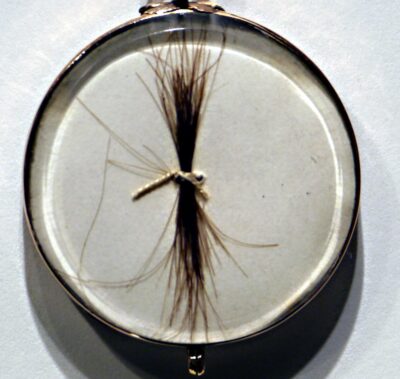

Napoleon

Michael Jackson

Tutankhamun’s grandma

John Keats

James Dean

Marie Antoinette

Walt Whitman

Frances Farmer

Edgar Allan Poe

A.G.

Lizzie Borden

Jim Morrison

Kim Novak

Neil Young

Kathleen Millay

Charles Manson

King George III

Abraham Lincoln

Joan Crawford

Clarence Anglin

Mary Tudor

Marc Bolan

Princess Diana

John Frederick Peto

Ringo Star

Jane Austen

Jane Austen’s father

Liza Minnelli

John Wayne’s toupee

Percy Bysshe Shelley (hair & skull)

Lord Byron

George Washington

Greer Garson

River Phoenix

Dylan Kliebald

Lee Harvey Oswald

Carson McCuller’s mother

Shaun White

Sylvia Plath

Thomas Jefferson

Elizabeth Barrett Browning

Richard Cosway

Eva Braun
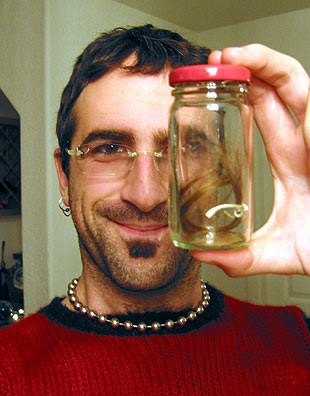
David Bowie

David Bowie

Hair Museum of Avanos
Cappadocia, Turkey
‘Ever since 3000 BC, Avanos has been known for its high quality earthenware, made from the mineral-rich mud of the Red River, but in recent years, the town has mostly been mentioned in relation to a unique hair museum created by skilled Turkish potter Chez Galip. The unusual establishment, located under Galip’s pottery shop, is filled with hair samples from over 16,000 women. The walls, ceiling, and all other surfaces, except the floor, are covered with locks of hair from the different women who have visited this place, and pieces of paper with addresses on them.
‘The story goes that the museum was started over 30 years ago, when one of Galip’s friends had to leave Avanos, and he was very sad. To leave him something to remember her by, the woman cut a piece of her hair and gave it to the potter. Since then, the women who visited his place and heard the story gave him a piece of their hair and their complete address. Throughout the years, he has amassed an impressive collection of over 16,000 differently colored locks of hair, from women all around the world.
‘Twice a year, in June and December, the first customer who comes in Chez Galip’s shop is invited down into the Hair Museum to choose ten winners off the walls. These lucky ten will receive an all-expenses-paid week-long vacation in beautiful Cappadocia, where they will get to participate in his pottery workshops, for free. This is the artist’s way to give back to the women that helped him create the unique museum which bring in new customers every day. The Hair Museum doesn’t have an entry charge, and women don’t have to donate their hair, but if they wish to do so, scissors, sellotape, pens, paper and drawing pins are provided.’ — thisbelongsinamuseum.com





*
p.s. Hey. ** Charalampos Tzanakis, Hi. Enjoy the exploring. Making things hits via relentless repetition is an old AM radio strategy. Instagram gets all the good stuff. Oh, I’ll go look for what you showed me on Facebook. I tend to pop in and out there impatiently. Thank you. ** Dominik, Hi!!! I fear the problematic guy is too far past the point of being replaceable now, and we just have to try to survive him, but never underestimate the power of love, of course. Watch, someone who reads this blog is going to organise the International Wincing Contest and make billions, and we’re going to feel so ripped off. Oh, I think maybe I would take ‘Anthrophosphere No.1’ if love could steal it from whoever technically owns it, but, yes, tough choice. Love holding his scissors to the head hair of anyone in the world you wish and snipping off a sample for you as soon as you make your choice, G. ** CAUTIVOS, Hi, C. Yes, indeed. It is gray, cold, and not a holiday here today. I have to spend the day working, but at least it’s an appropriate day outside to stay in and do that. My year’s favorites list will be appear here a week from tomorrow, on Saturday the 17th. Thank you for inquiring. I hope today somehow helps kickstart your new projects, whatever they may be. ** _Black_Acrylic, I always loved his stuff in the 80s, but yeah, there was a lot of distrust. Gagosian has his estate now, so I guess his obscure days are soon to be a thing of the past. Dude, how exciting! Enjoy your first testing out the magic chair! The future is yours, dude. ** Jeff J, Hi, Jeff, good to see you, man! Happy to have made the introduction. We have the majority of the main roles cast, but we still have a ways to go, and most of the surrounding cast is still a mystery, but not for long. No, I didn’t see Michael in LA. We were so incredibly busy that I only saw a couple of my old friends very briefly. Hopefully the next trip will be a little lighter on the work load. Doubtful, but I hope so. More new Julien Calendar! Everyone, Jeff Jackson’s fascinating musical unit Julien Calendar has a new EP just out and … here, I’ll let him take over: ‘Julian Calendar released a new e.p. ‘Severed Tongues Speak.’ It features some fuzagi beats, industrial funk, and a glam ballad. You can buy/stream it here. I look forward to it! Great about the film screening, and, of course, about your new visual art. I did see glimpses on Facebook. Man, you’re busy! Sure, a Zoom sounds good. I’m around doing film stuff and writing the new Gisele piece text and reasonably easy so let me know what’s good. You saw Joy Williams read?! You lucky, lucky, lucky!!! And Rae Armantrout too. Yeah, she’s terrific. I liked ‘Finalists’, it was very good. Best of the best! ** Steve Erickson, Yes, I do like Pierre Bressan’s work. I’ve been meaning to a post on him for ages. I’ll see if there’s enough available online to make that possible, and, if so, I’ll do that straight away. Thanks for the lightbulb moment. Everyone, Steve has reviewed ‘The Whale’, which I think he really didn’t like, but find out for yourself here. ** NLK, It would be a real pleasure. Wild that you worked in proximity to that work. There is something about those particular Bickertons that make you want a piece and fight off sticky fingers. Hope your today counts. ** Ian, Hi, Ian. I’m pleased you liked the work. Yeah, a sad and difficult end, but he was making work up until weeks until he passed at least. Congrats on the vacation, mini- or not! And you’re writing!!! The first person has a really good flexibility. The only problem is it can become very seductive and take over. Still, it’s an awesome and really useful voice to own. Cool! ** Okay. Always liked today’s post, and it made me sad that it was buried in the grave of my ex-blog, so I towed it out and propped it up. See you tomorrow.
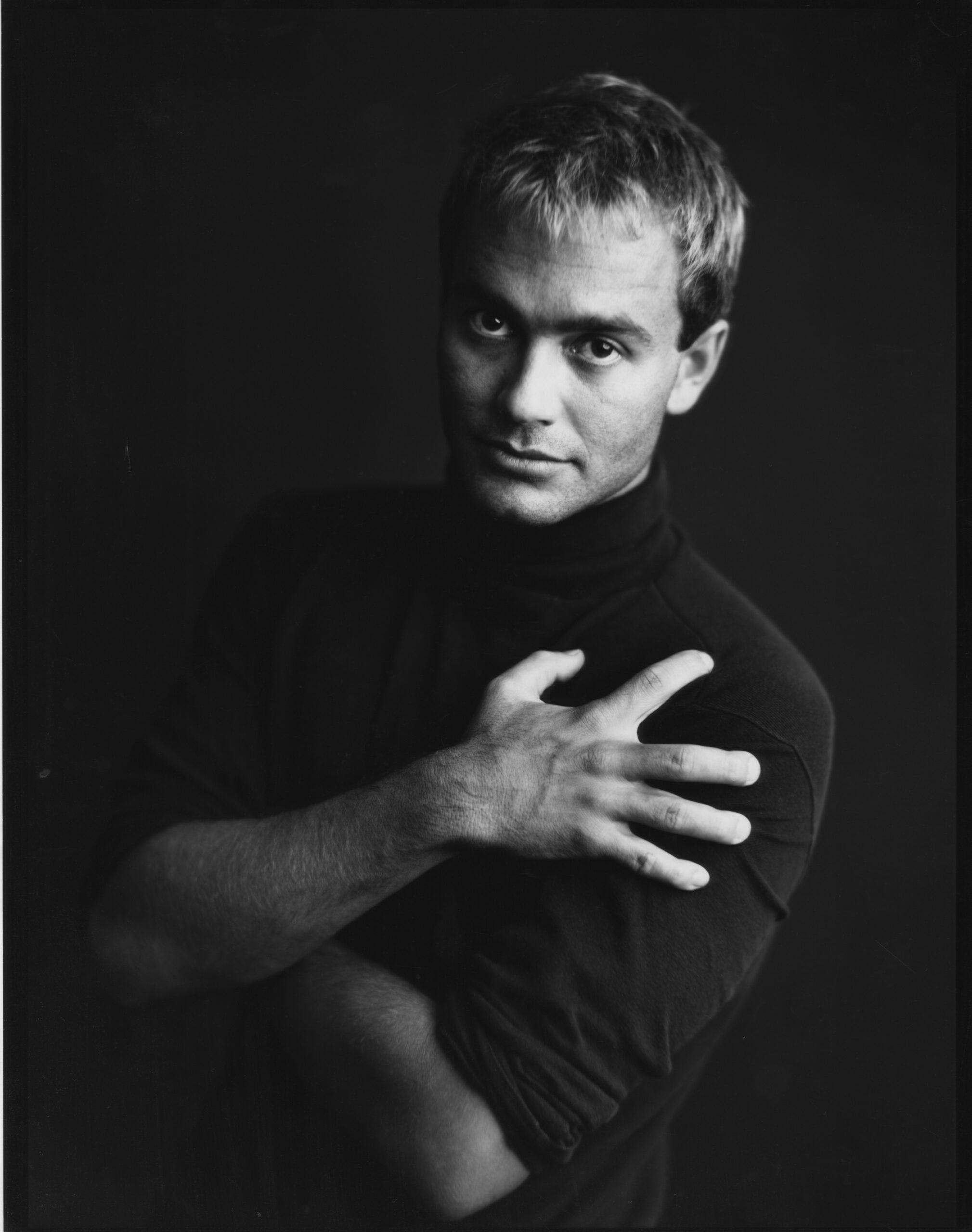







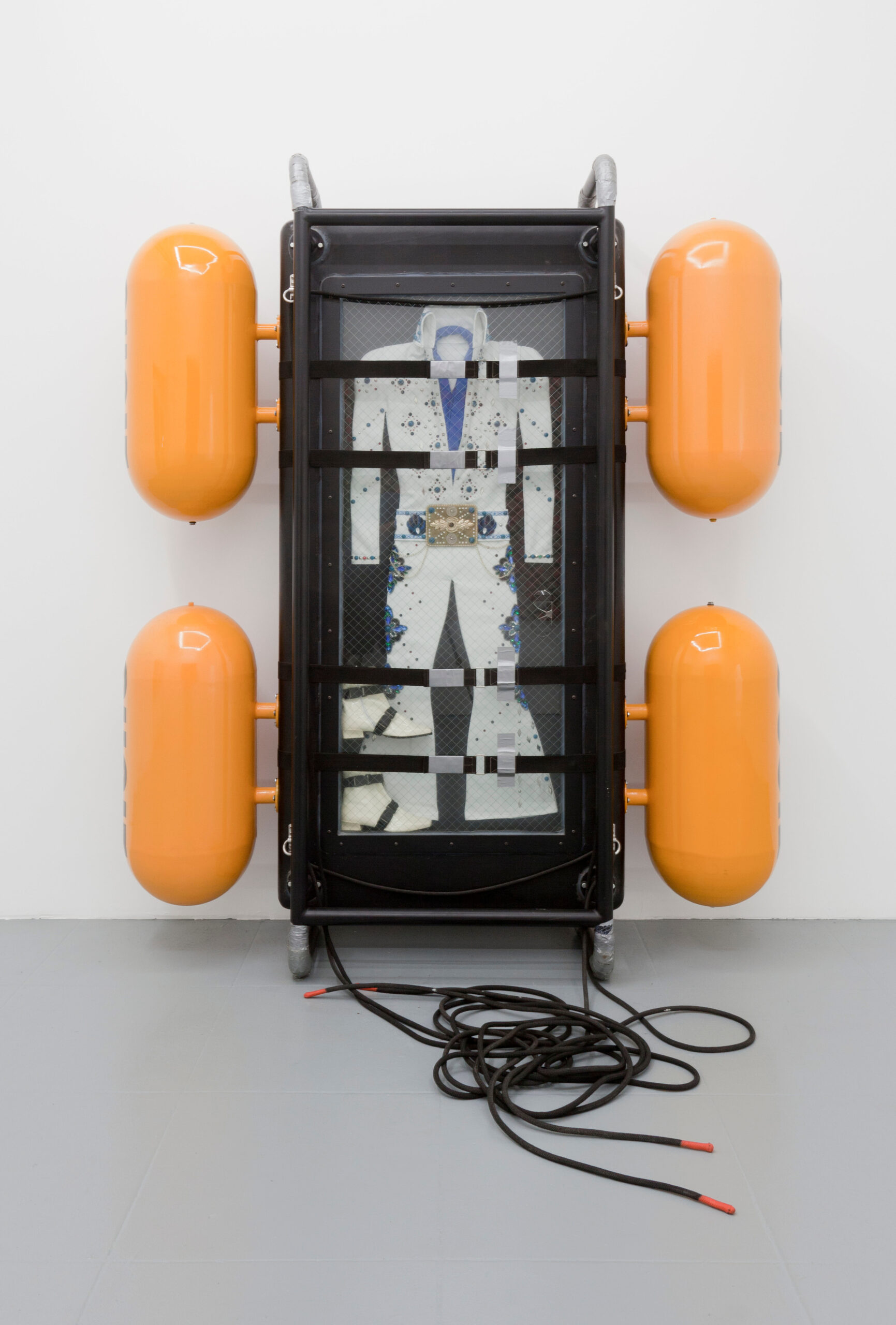







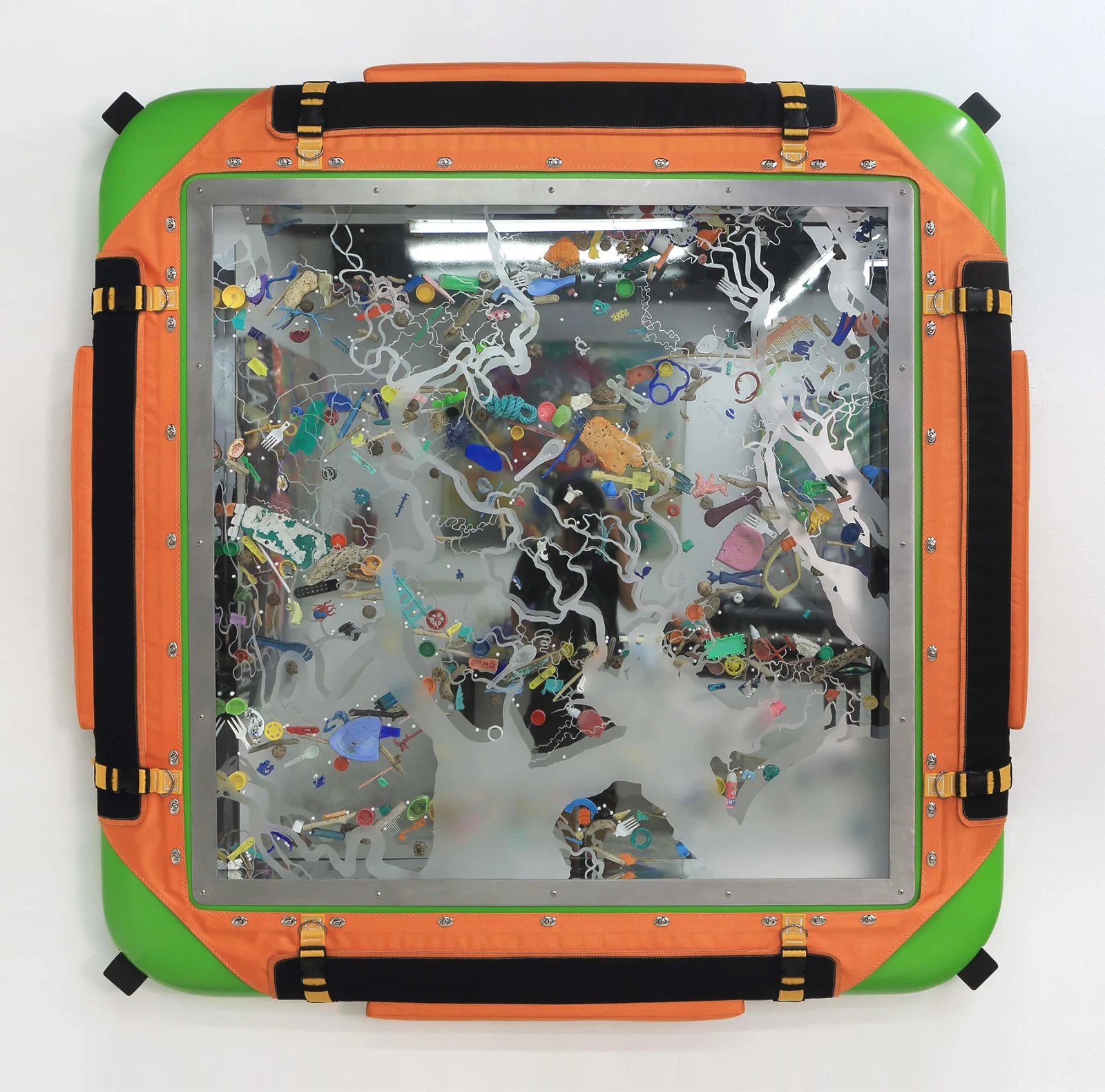



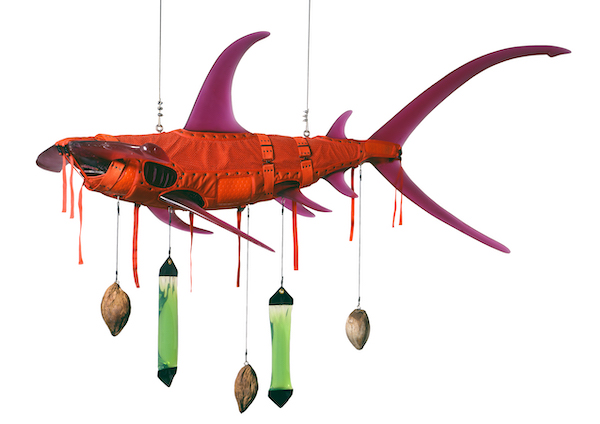

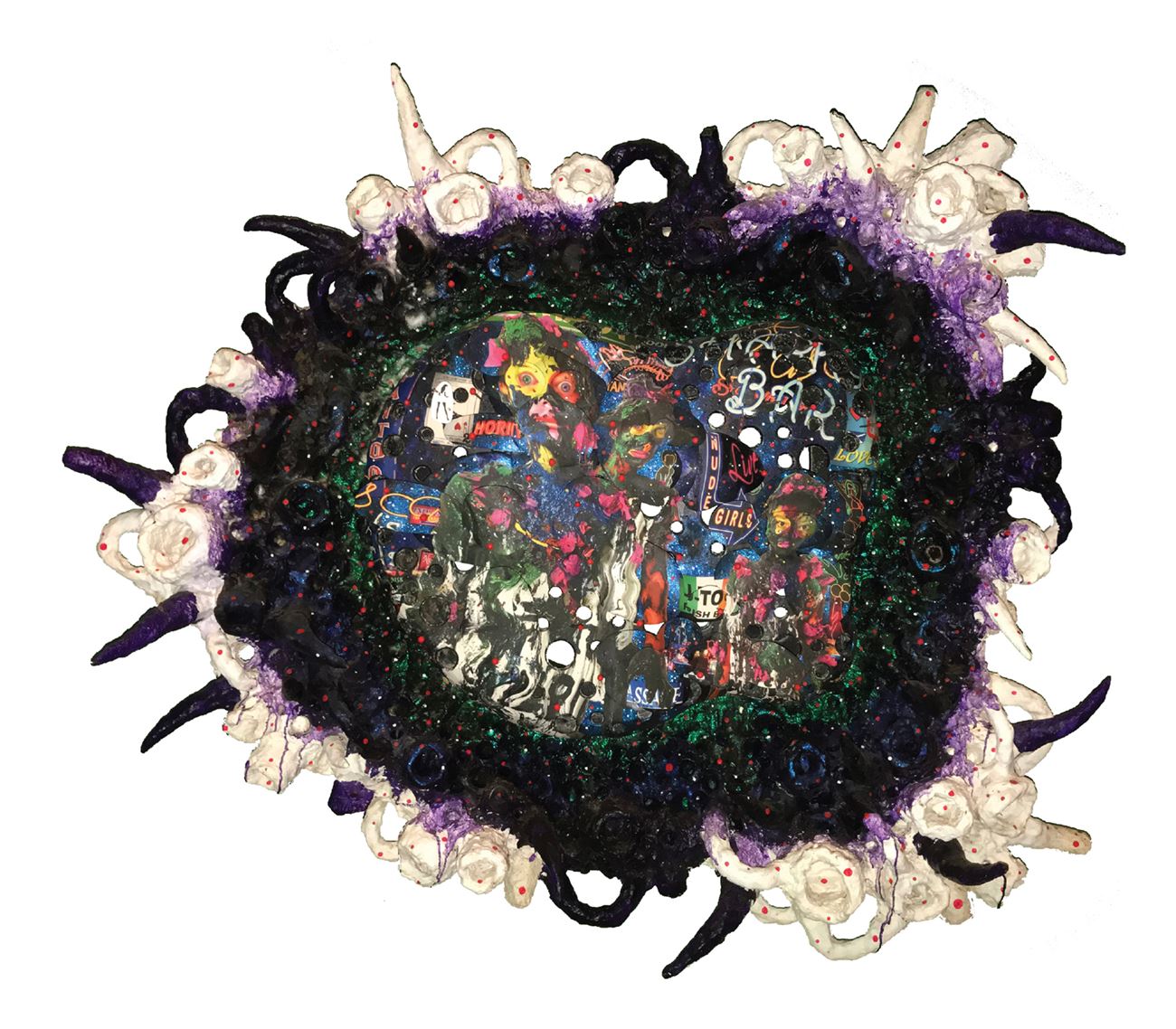



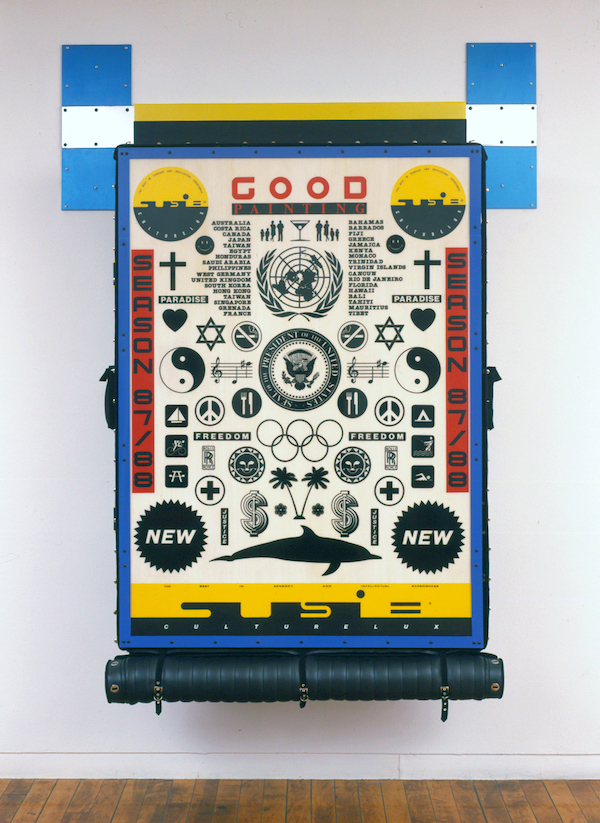
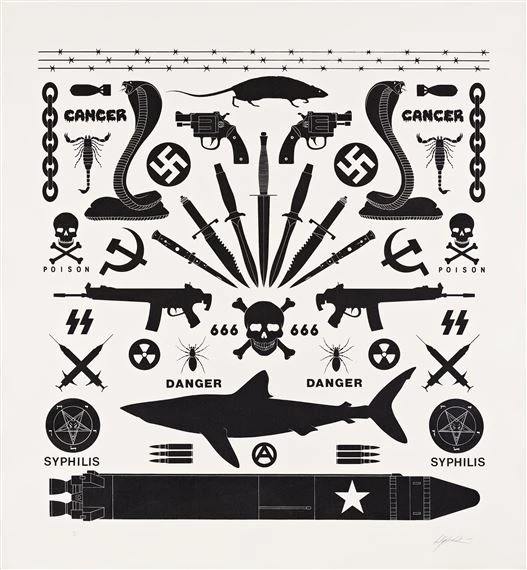










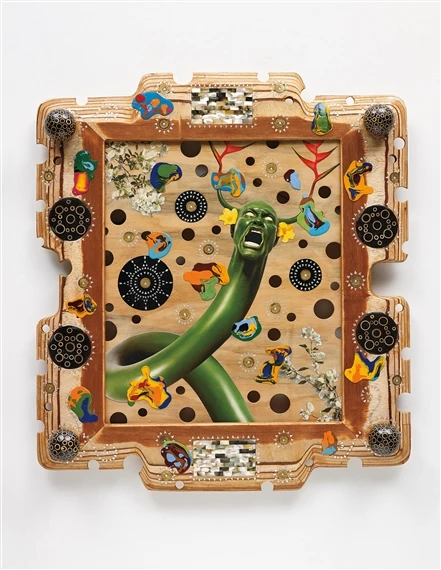
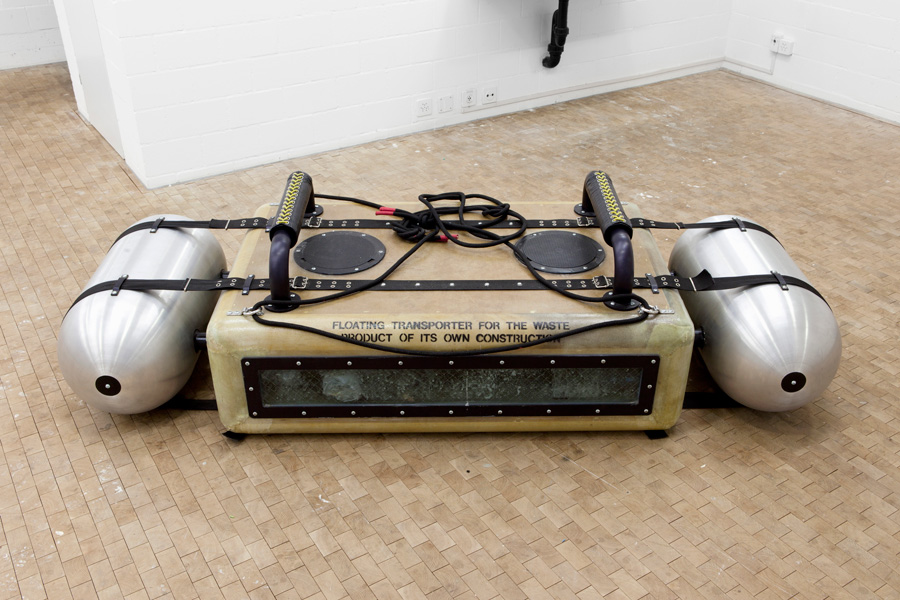



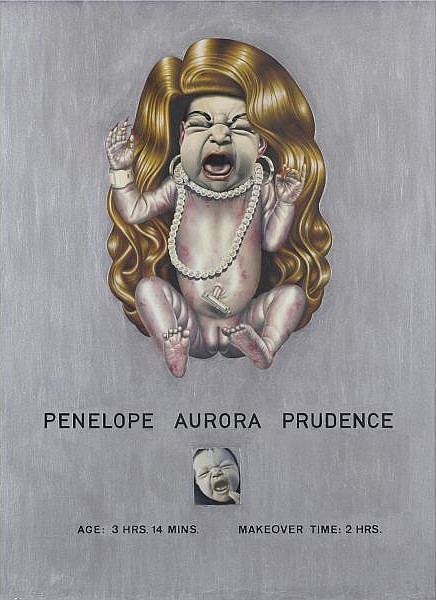

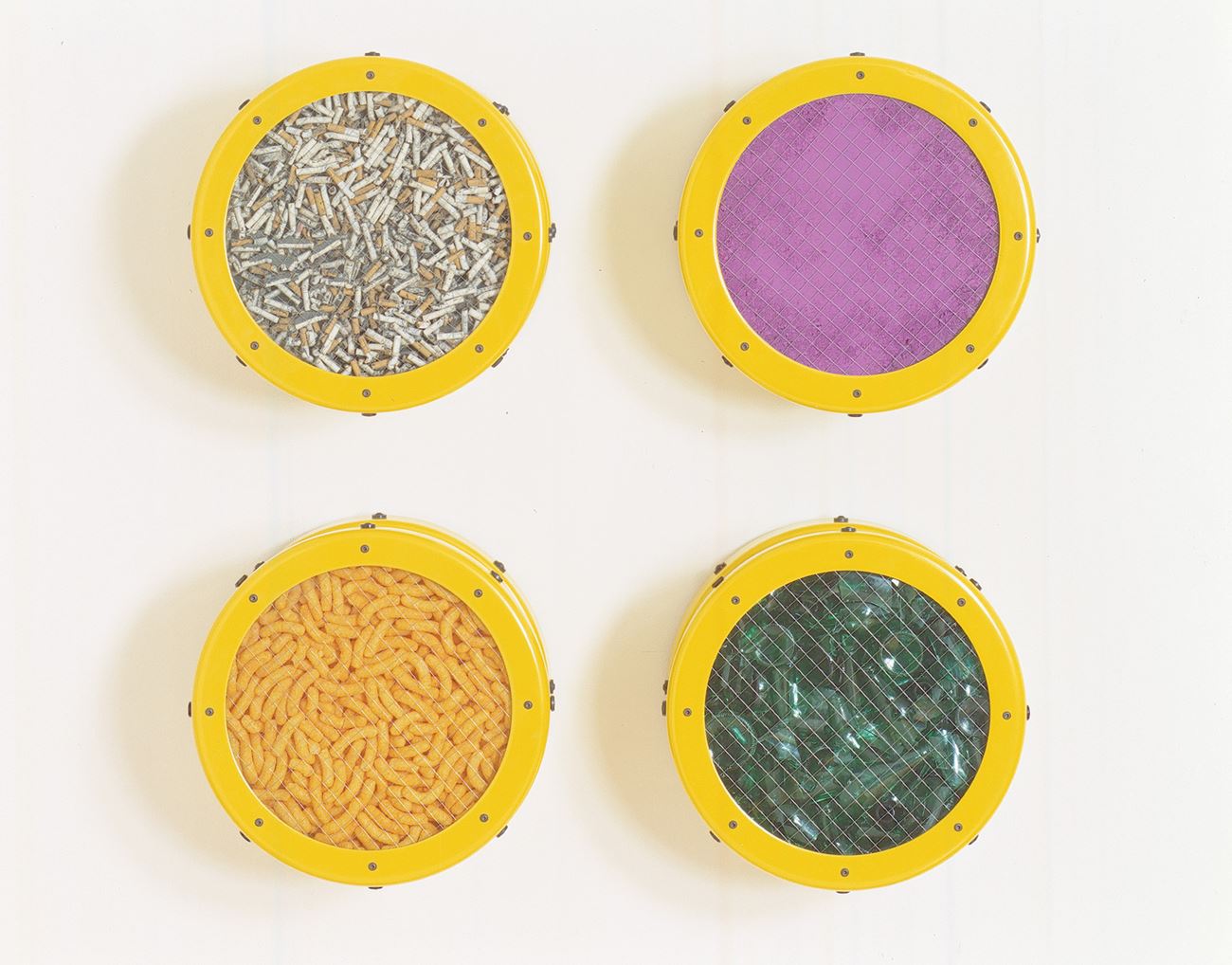

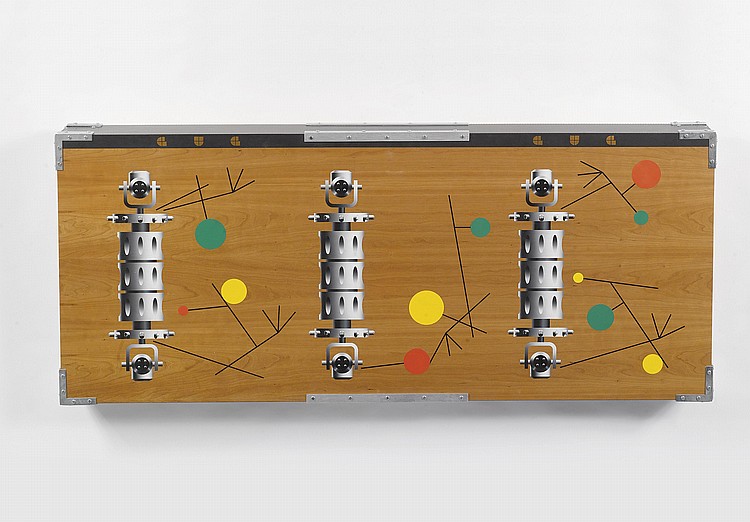

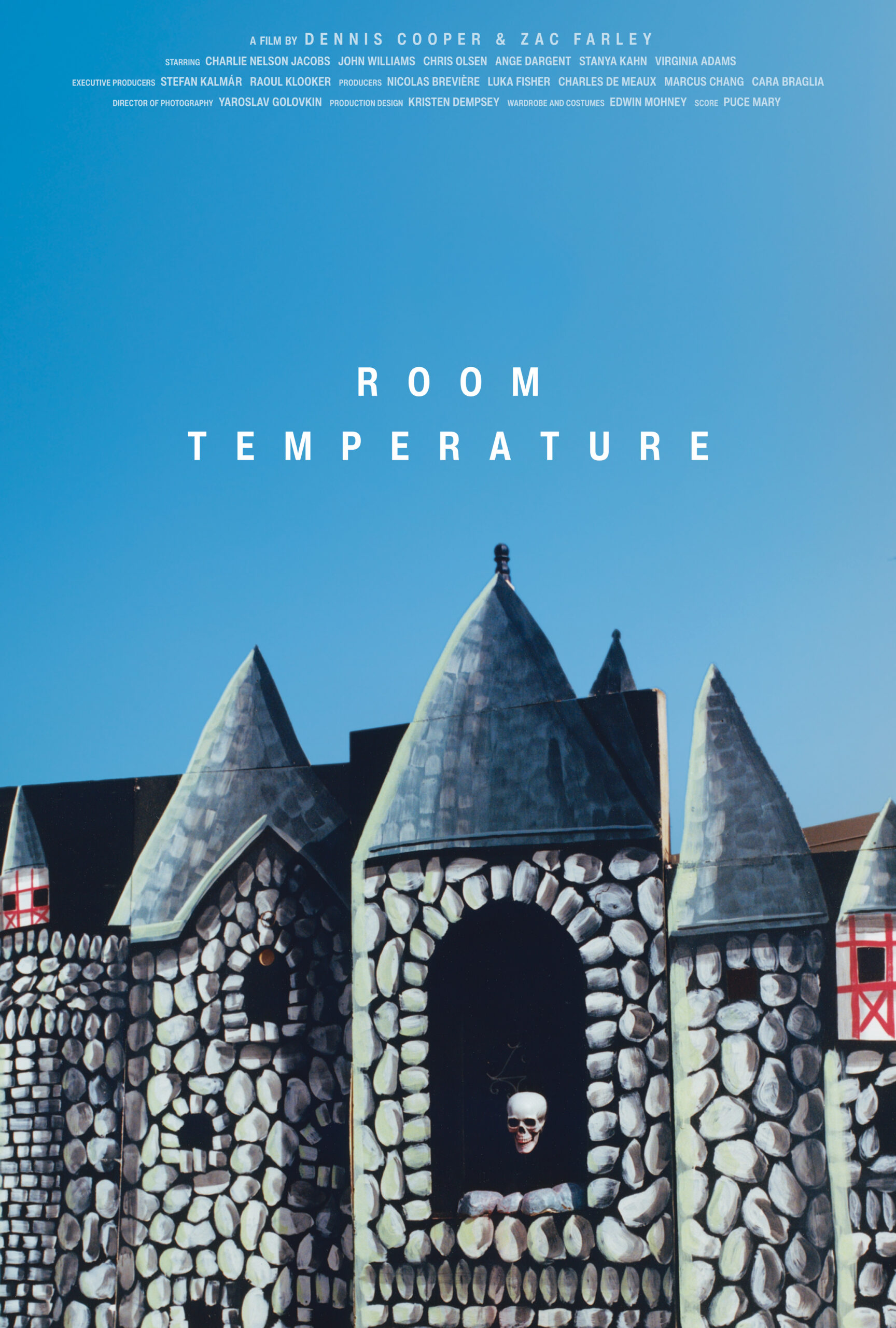



 Now available in North America
Now available in North America 